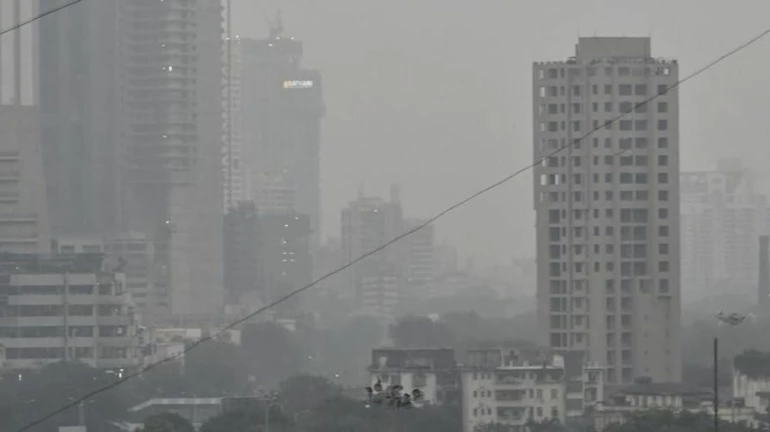
A new analysis of regional air pollution levels by the Centre for Science and Environment (CSE) has shown that proximity to the sea has not helped in containing the increasing air pollution in the financial capital, Mumbai.
In simpler words, increasing air pollution is not restricted to winters but is now a yearlong problem in Mumbai too.
This analysis, released on Wednesday, January 19, was an assessment of annual and seasonal trends in PM2.5 concentration for the period of January 1, 2019, to January 9, 2022.
Explaining further, CSE senior official stated that the number of bad-air days in Mumbai have doubled between 2019 and 2021, while good days are down by 20 per cent.
The CSE analysis indicate that the number of bad-air quality days are increasing in Mumbai.
In the city, Kurla in east-central Mumbai had only 55 per cent data while Malad (West) in north Mumbai came up with 68 per cent.
As a part of the same analysis by CSE, like other cities in Maharashtra, Mumbai too has indicated a rising trend in annual PM2.5 levels after an initial drop during 2020 (when there were lockdowns) with a rebound and a rising trend visible in 2021.
Daily AQI analysis based on 10 oldest stations shows a 20 per cent drop in the number of good AQI days in the city between 2019 and 2021 -- while days with poor or very poor AQI have doubled.
South Mumbai has the worst air within the city during winter. In December 2021, the stations in SoBo reported significantly higher PM2.5 levels compared to the rest of the city.
Mazgaon with a monthly average of 134 micrograms per cubic metres was the most polluted neighborhood of the city, followed by Navy Nagar, Colaba (124 micrograms per metre cube), Kurla (101 micrograms per metre cube), Vile Parle (West) (101 micrograms per metre cube) and Worli (97 micrograms per metre cube).
Khindipada, in north Mumbai, which is at the edge of Sanjay Gandhi National Park (SGNP) in the suburbs with a monthly average of 54 micrograms per metre cube was the least polluted neighborhood.
Bandra and Malad (West) reported low numbers, but the values are not considered valid due to a significantly large amount of missing data from these two stations, the CSE analysis showed.
This analysis is based on the real time data available from the current working air quality monitoring stations.





